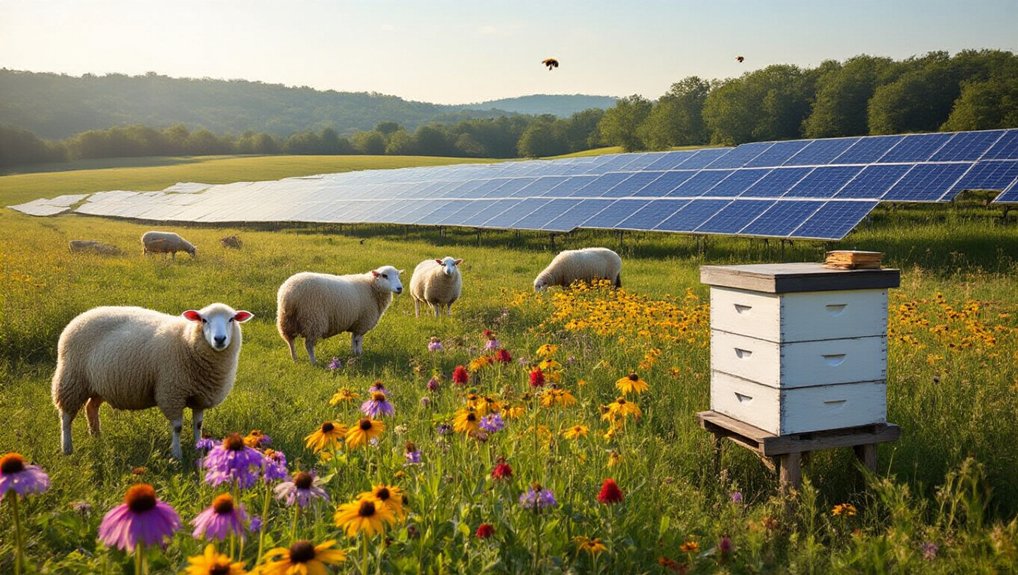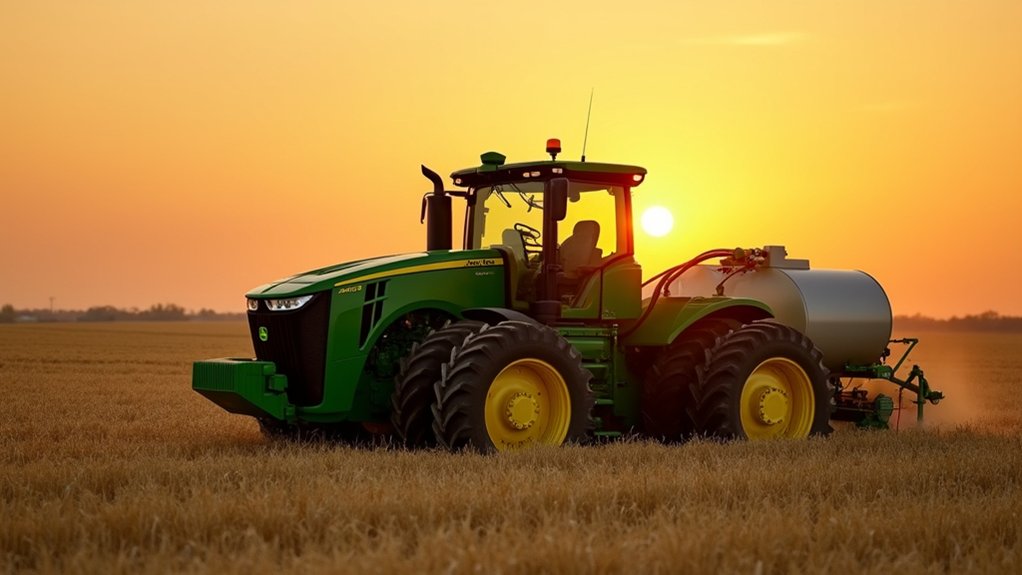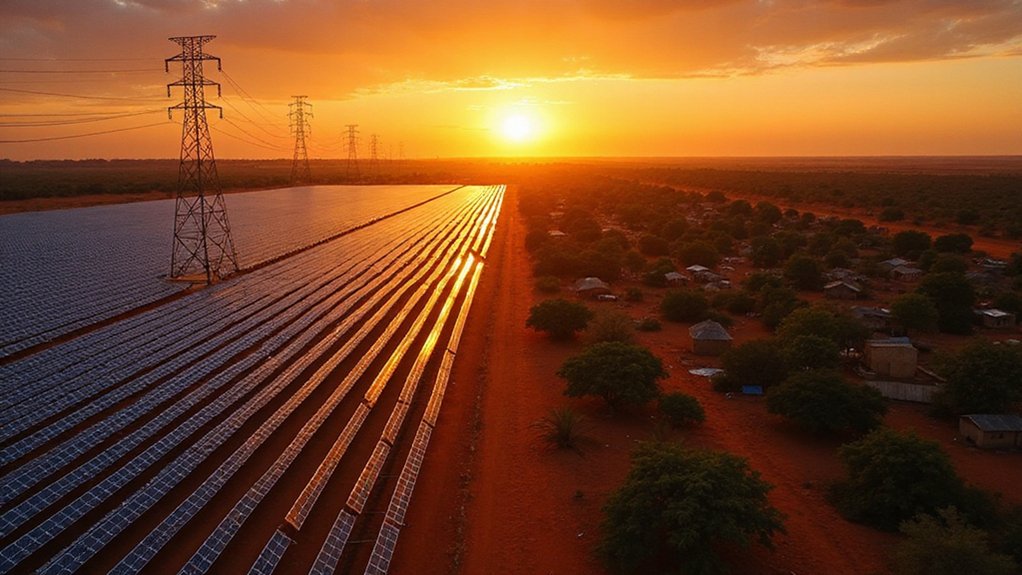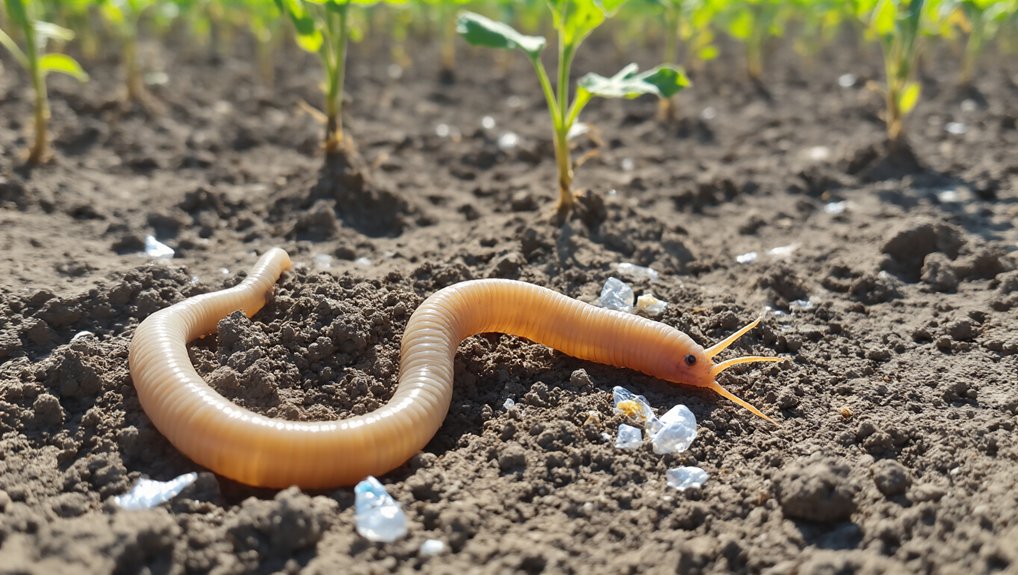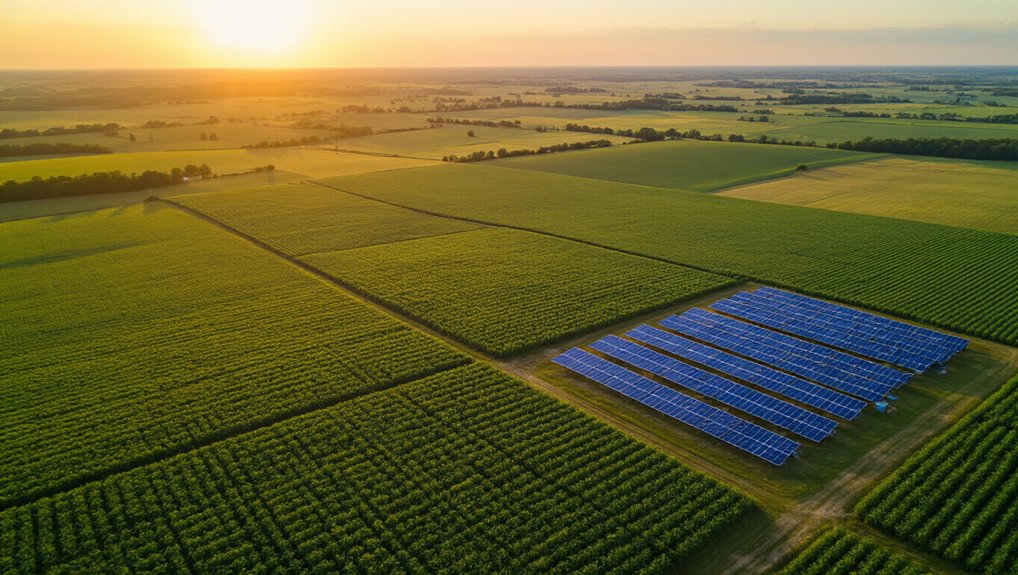While Virginia’s countryside transforms into a patchwork of solar panels, something unexpected is happening beneath all that gleaming silicon—bees are moving in by the hundreds of thousands. Crystal Hill Solar in Halifax County now hosts ten hives with roughly 500,000 bees. Not to be outdone, Black Bear Solar in Buckingham County has four hives housing 180,000 more. These aren’t random bee squatters. They’re part of Virginia’s plan to make solar farms do double duty.
Virginia’s solar farms host hundreds of thousands of bees in an unexpected agricultural twist.
The state’s Pollinator-Smart program figured out what should’ve been obvious: all that land under solar panels doesn’t have to be wasteland. Plant native flowers instead of boring grass, and suddenly you’ve got bee paradise. The bees don’t seem to mind the solar panels overhead. Actually, they’re thriving, creating what researchers call “oasis” habitats in a world where bees are dropping dead everywhere else.
Here’s where it gets interesting. These solar farms already had sheep grazing between the panels—because why waste good grass? Now add bees to the mix, and you’ve got honey production alongside lamb. Crystal Hill expects to harvest 400 pounds of honey annually. That’s real food from fake farmland, if you think about it. This innovative approach aligns with research showing that ecosystem services provide trillions of dollars in value to the global economy annually.
The honey doesn’t disappear into some corporate void either. Local food banks, schools, and churches get the sweet stuff. Meanwhile, nearby farms benefit from better pollination rates. Turns out bees don’t respect property lines when they’re out collecting pollen.
Scientists love this arrangement too. Native plants under the panels create cooler microclimates, which makes the solar equipment work better. Less erosion, better water quality, happier bees—everyone wins. Even the Department of Energy admits bees dig the solar farm life. The agency now actively advocates for agrivoltaics as a national strategy to maximize land use efficiency. Urban Grid, the company behind these projects, brings serious credentials with 940 megawatts under construction and over 12,000 megawatts in development across their portfolio.
Black Bear Solar’s running a pilot program to track bee health and honey yields. They checked the site’s ecology before dumping bees there, making sure the insects would actually survive. Smart move, considering the whole point is reversing bee population collapse.
This agrivoltaics approach—fancy word for farming under solar panels—might solve the age-old fight between agriculture and energy development. Prime farmland stays productive, just differently.
References
- https://www.vpm.org/news/2024-10-09/dominion-energy-black-bear-solar-farm-honeybees-agrivoltaics
- https://www.urbangridsolar.com/urban-grid-advances-pollinator-research-with-new-apiary-at-virginia-solar-site/
- https://c-ville.com/the-buzz-on-a-buckingham-county-solar-farm/
- https://www.dcr.virginia.gov/natural-heritage/pollinator-smart
- https://farmvilleherald.com/2025/01/dominion-energy-pairs-bees-with-solar/
